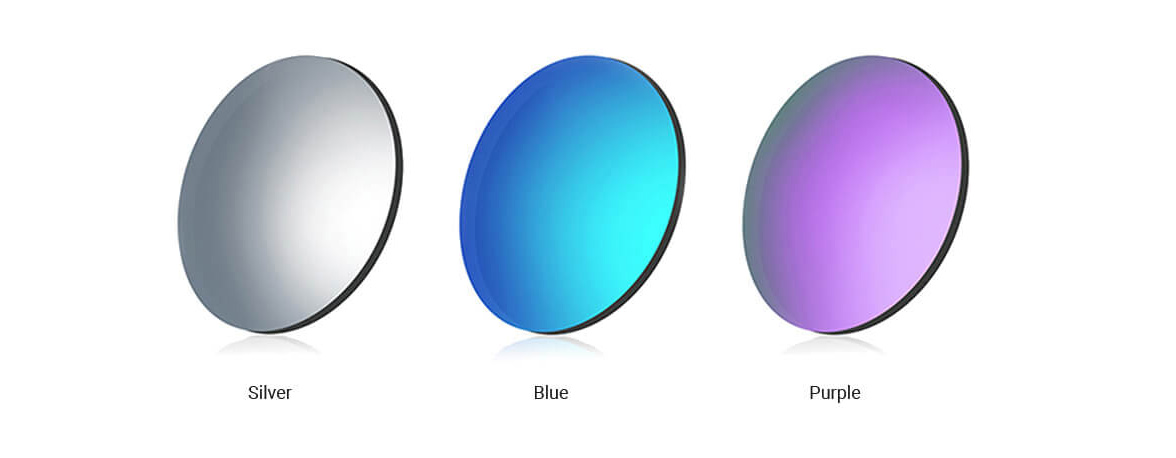Single Vision Lens
These lenses only have one viewing area throughout the entire lens and the correctional area can be for far distance, mid distance or reading.

Far Distance Lens
If you wear glasses all day and mostly need these glasses to see things in the distance. (e.g. for driving)

Mid Distance Lens
If you mostly need these glasses to work before computer or something else at arm’s length.

Reading Lens
If you need to read things close to you. (Papers, document, etc.)
You can easily turn a single vision glasses to a prescription sunglasses.
Select the right index of refraction of lenses according to your prescription.












